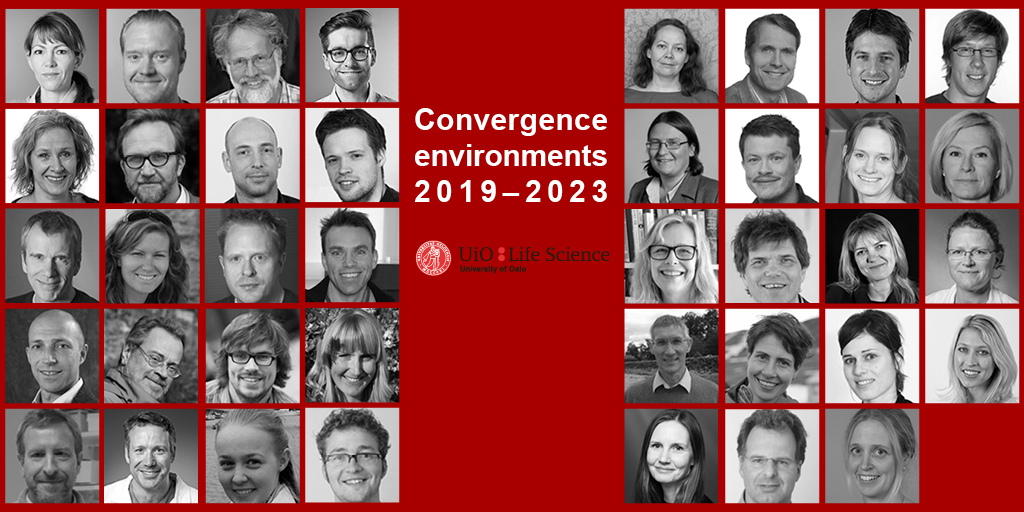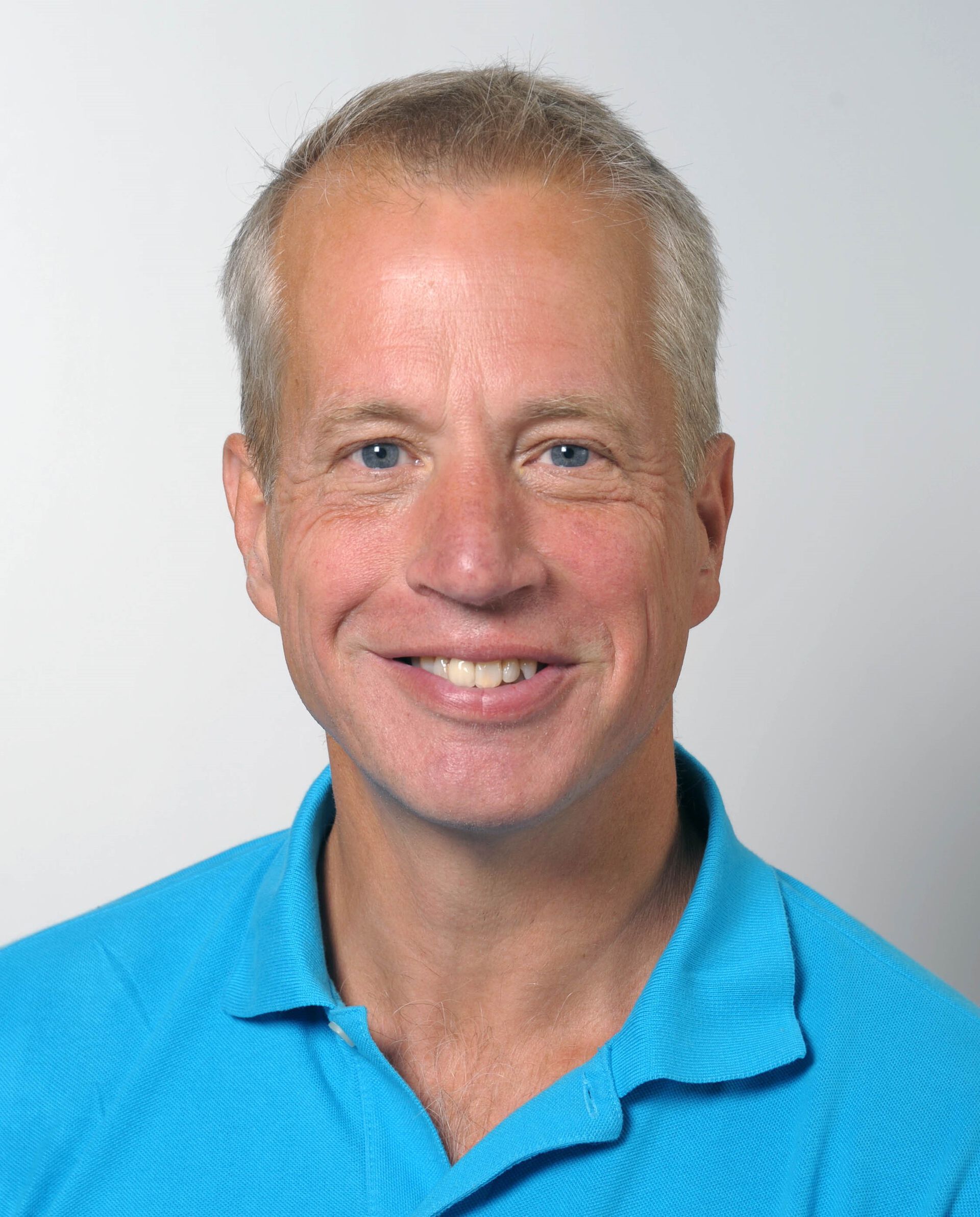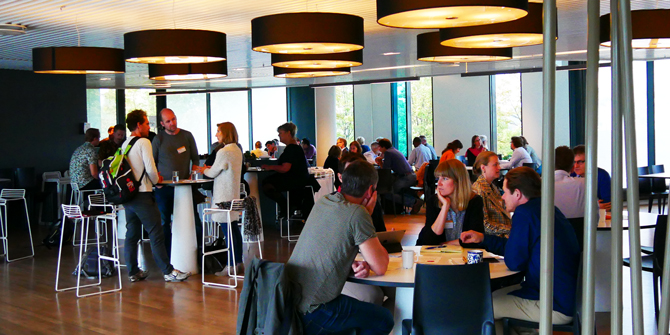
UiO:Life Science will fund eight new convergence environments 2019–2023.
These interdisciplinary research groups will solve grand challenges with methods from biology, computer sciences, cultural history, genetics, immunology, law, linguistics, mathematics, medicine, musicology, natural history, odontology, pharmacy, philosophy, physics, psychology and theology.
“We are certain that this interdisciplinary approach will contribute to new insights, new solutions and in the long run increased value creation in the field of life sciences,” says Director of UiO:Life Science Carl Henrik G?rbitz.
29 PhD and post doctor positions – NOK 100 million
The eight convergence environments will receive altogether 29 doctoral and postdoctoral positions as well as expenditures – a total value of approximately NOK 100 million over four years.
The positions will be placed at host departments all over UiO.

“I’m very pleased to see that so many faculties and units are involved in the new convergence environments. Interdisciplinary collaboration between medicine, natural sciences, humanities and social sciences don’t happen overnight. It demands constant attention over a long period of time to become reality. This is certainly one more step in the right direction. By the time the new life science building at UiO is in place in 2024, I’m certain we are where we want to be”m says G?rbitz.
A one year application process
The application process started with information meetings in May 2018. Researchers were encouraged to register their profiles and ideas online and then met for speed dating in September. The director gave his feedback on 41 sketches that were submitted in October.
Finally, the 36 full applications that were submitted in December, were assessed first by international experts and then by an international panel before the board of UiO:Life Science made the final decisions in March 2019.

The eight convergence environments 2019–2023
- Artificial Biomimetic systems- the Niche of Islet Organoids (ABINO) wants to develop future models for diabetes research by using new strategies for stem cell differentiation.
Read more. - Availability and function of donor organs: Debating the dead donor rule (3DR) wants to increase availability and function of donor organs for transplantation and to create societal awareness and debate on ethical issues using Donation after Circulatory Death (DCD).
Read more. - Consciousness and brain states: neuroscience studies and conceptual innovation (ConsciousBrainConcepts) wants to further develop the consciousness concept to solve fundamental issues in consciousness research.
Read more. - Linguistics-driven machine learning to decipher the molecular language of immunity (ImmunoLingo) wants to decipher how disease and antigen recognition is encoded in the immune system and to perform experiments in silico to improve intervention and treatment of human diseases.
Read more. - Medical, legal and lay understandings of physical evidence in rape cases (Evidently Rape) wants to study how physical evidence matters and can matter in how the crime of rape is met by medical and criminal justice institutions.
Read more. - MultiModal Mental Models: converging approaches from genomes to mental illness and interplay with psychosocial stressors (4MENT) wants to better understand the etiology and disease mechanisms of severe mental disorders, focusing on schizophrenia, bipolar disorder and related mental phenotypes.
Read more. - Protons contra cancer (PROCCA) wants to create an excellent platform for collaborative efforts in proton therapy in Oslo and among other issues study how biological short term and long term side effects of radiation therapy can be reduced.
Read more. - Rediscovery of medicinal plant usage in the “Age of Exploration”: From cultural historical heritage to innovative pharmaceuticals (REA:Life) wants to unveil the processes that have shaped the social and cultural development of medicine and identify bioactive compounds in historical medicinal plants with cutting edge methods.
Read more.
Background
Funding of convergence environments with doctoral and postdoctoral positions is the most powerful instrument UiO:Life Science has to support interdisciplinary collaboration that will contribute to new insights and increased value creation in the field of life sciences.
The first six convergence environments were established in 2017. This is the second round of funding.
Life sciences and UiO:Life Science.
Life sciences increase our understanding of the nature of life, and of ageing and disease.
UiO:Life Science is an interdisciplinary strategic area that will strengthen quality and interaction in research; recruit, educate and develop talents; and promote innovation in the life sciences related to environment and health.
The new life science building at UiO
In 2024, the new life science building at the University of Oslo will be completed. The building will be Norway's largest university building and will contribute to internationally competitiveness and increased value creation in life sciences. Prime minister Erna Solberg cut the first sod in February 2019.